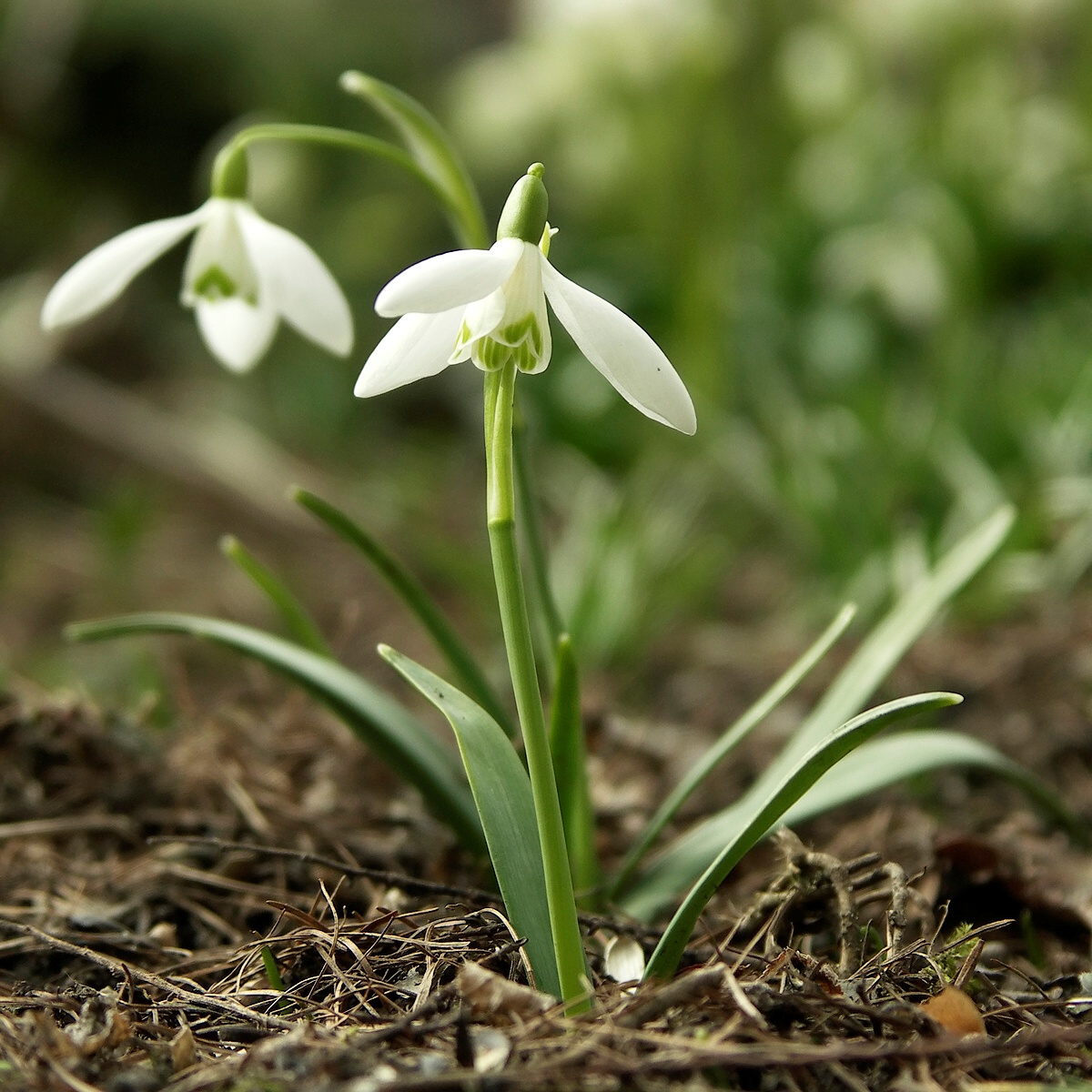Hogweed was @SpeciesofUK from 5th to
11th May, 2013.
Common hogweed, Heracleum
sphondylium, is found all across Europe (except Iceland) and into Asia and
North Africa.[1]
Hogweed is commonly found in UK hedgerows, meadows and woods. Indeed, it's
familiar even to many who don't know its name.[2]
 |
| Hogweed, a common British plant [Source: Flickr Creative Commons © Rhisiart Hincks >>> IPERNITY] |
The genus name Heracleum
refers to the Greek mythic hero Heracles, on account of the plant’s size. The
species name sphondylium means
'vertebrae' and refers to the shape of its segmented stem.[3]


